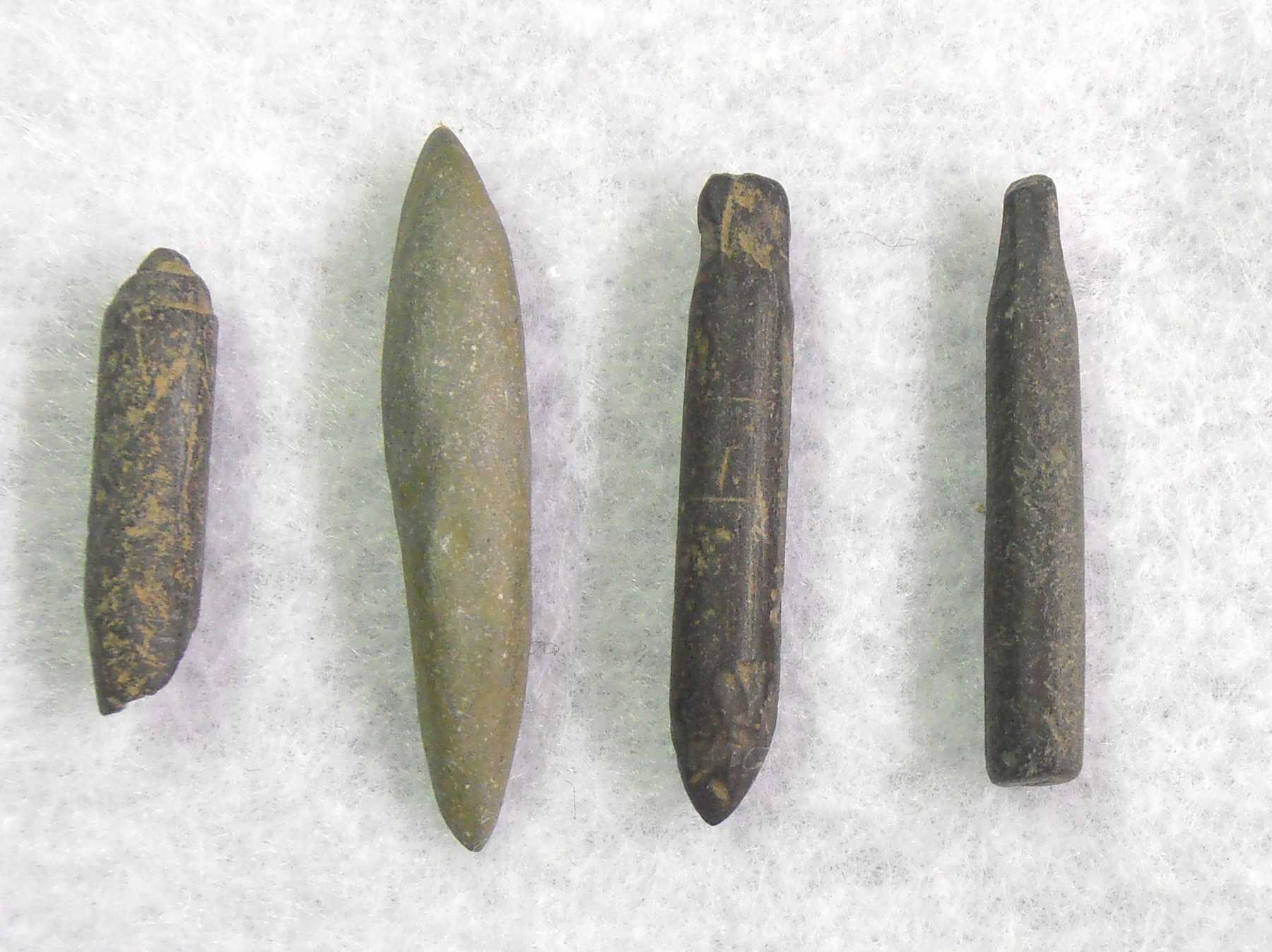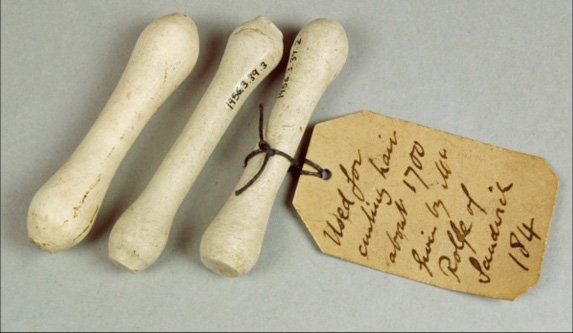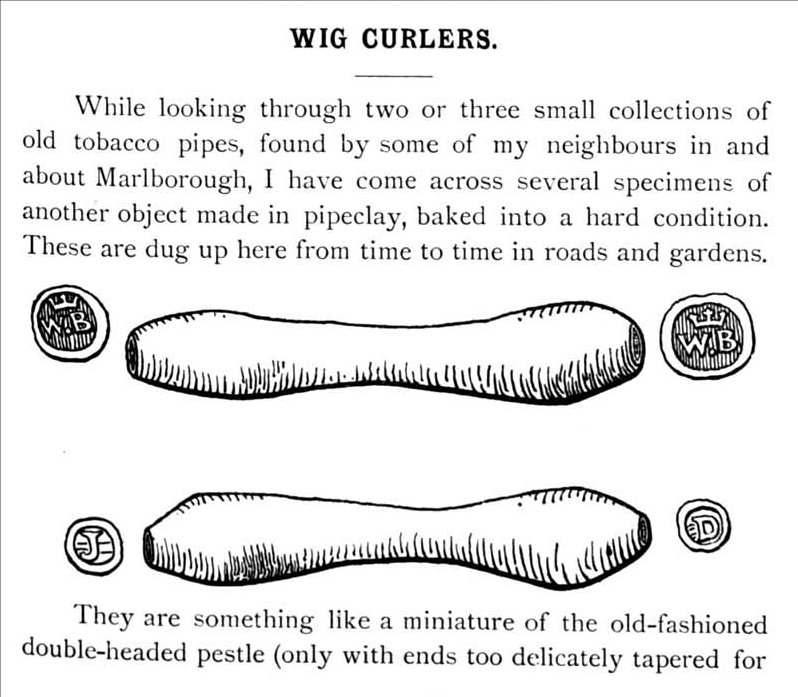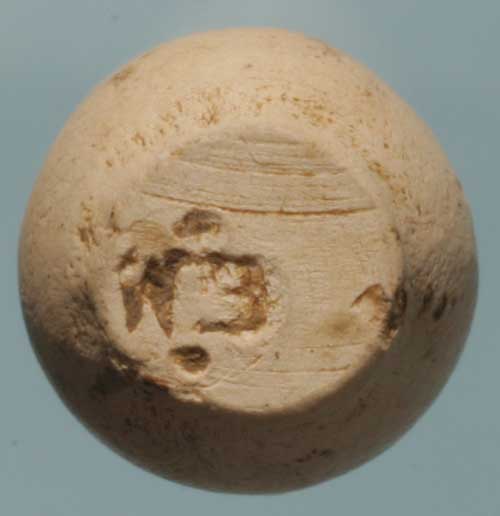SLATE PENCILS
[compiled by painshill]
The “blackboard” used with a stick of chalk (or chalkboard in North American English) was first introduced to America as an educational aid in 1801 by an English mathematician lecturing at West Point Academy in New York.
Prior to that, and from early settler times, a board made of slate was used in conjunction with a softer stone pencil (often also made of slate) that left powdery marks on the board which could be wiped off with a damp cloth. These were widely used in schoolhouses, general stores, saloons etc and also in the home for domestic and home-schooling purposes.
These early pencils may be mistaken for artefacts. Here’s a collection of such pencils which are about 1 – 1 ½ inches in length – one made from soapstone and the others from slate:

Picture by member [Hoss]
[compiled by painshill]
The “blackboard” used with a stick of chalk (or chalkboard in North American English) was first introduced to America as an educational aid in 1801 by an English mathematician lecturing at West Point Academy in New York.
Prior to that, and from early settler times, a board made of slate was used in conjunction with a softer stone pencil (often also made of slate) that left powdery marks on the board which could be wiped off with a damp cloth. These were widely used in schoolhouses, general stores, saloons etc and also in the home for domestic and home-schooling purposes.
These early pencils may be mistaken for artefacts. Here’s a collection of such pencils which are about 1 – 1 ½ inches in length – one made from soapstone and the others from slate:

Picture by member [Hoss]






Comment